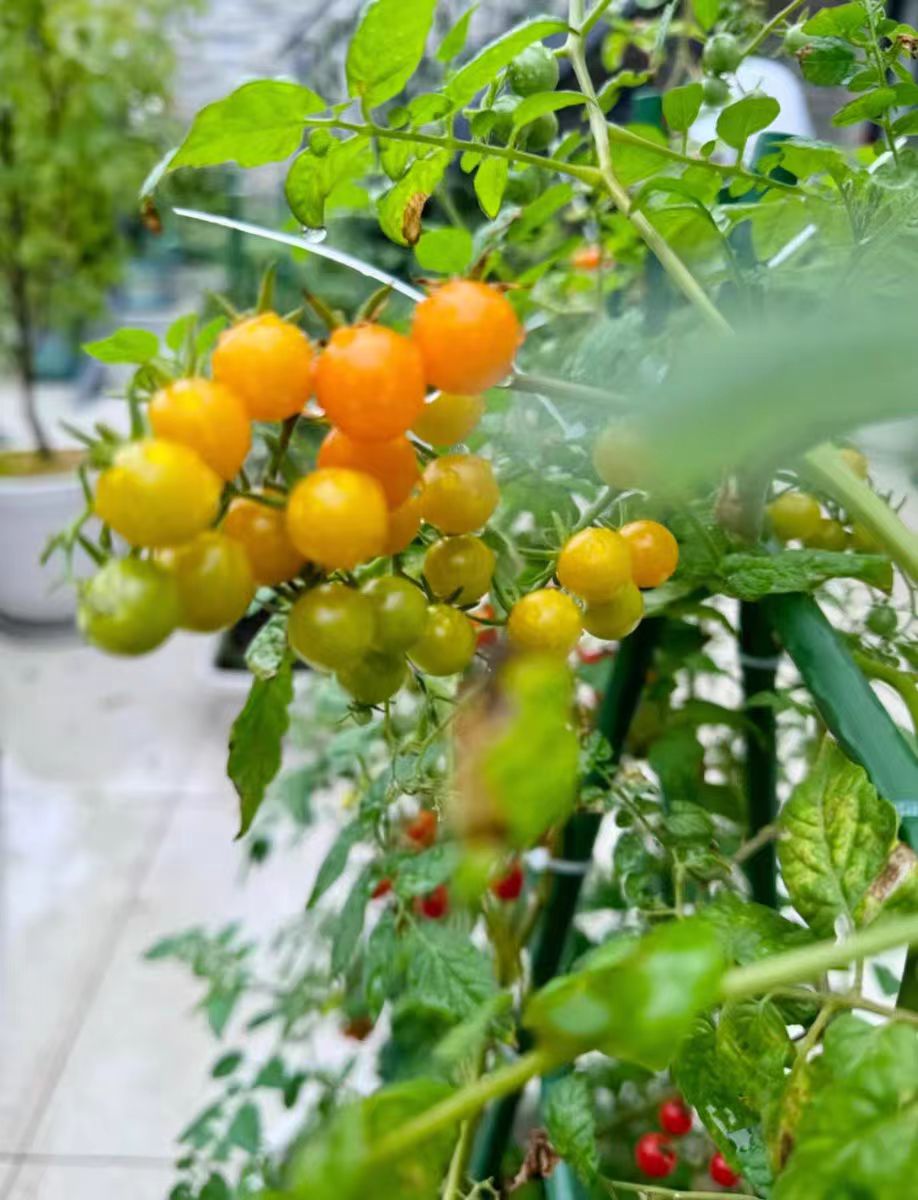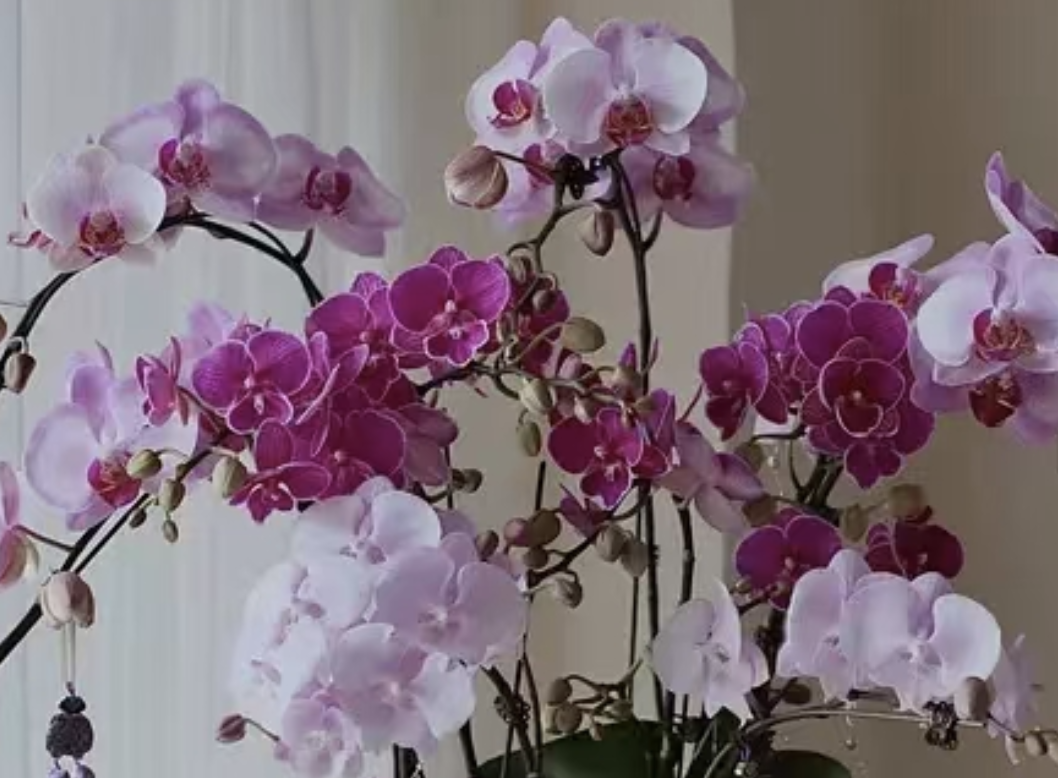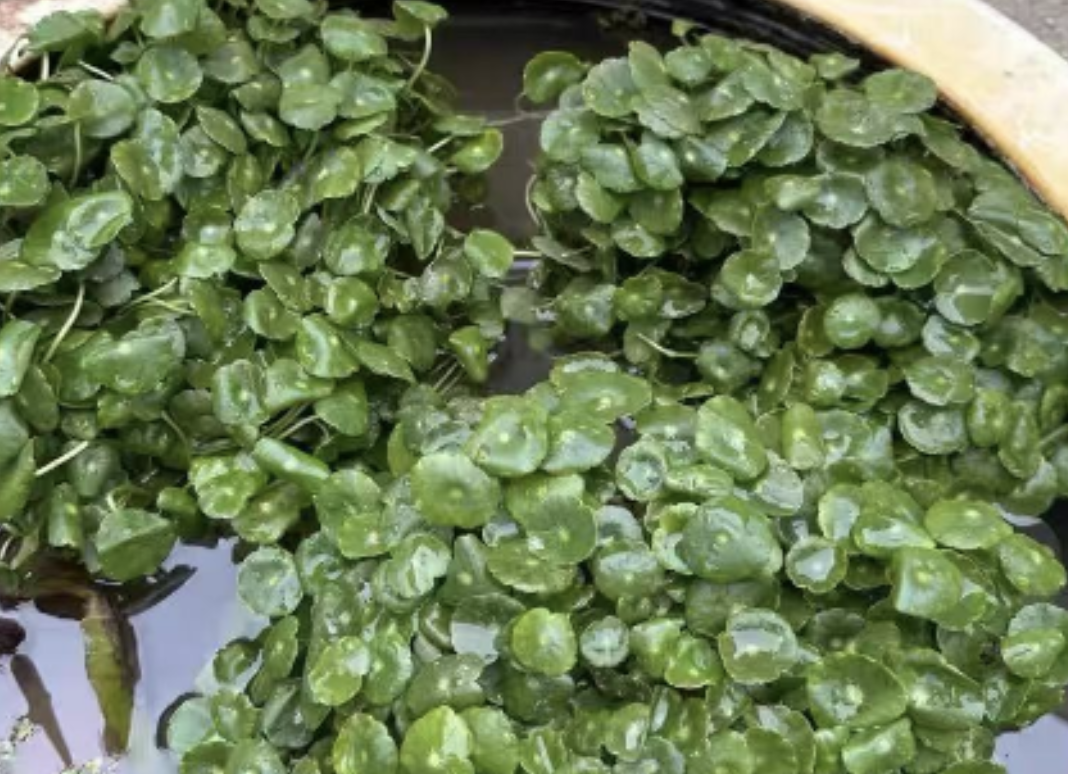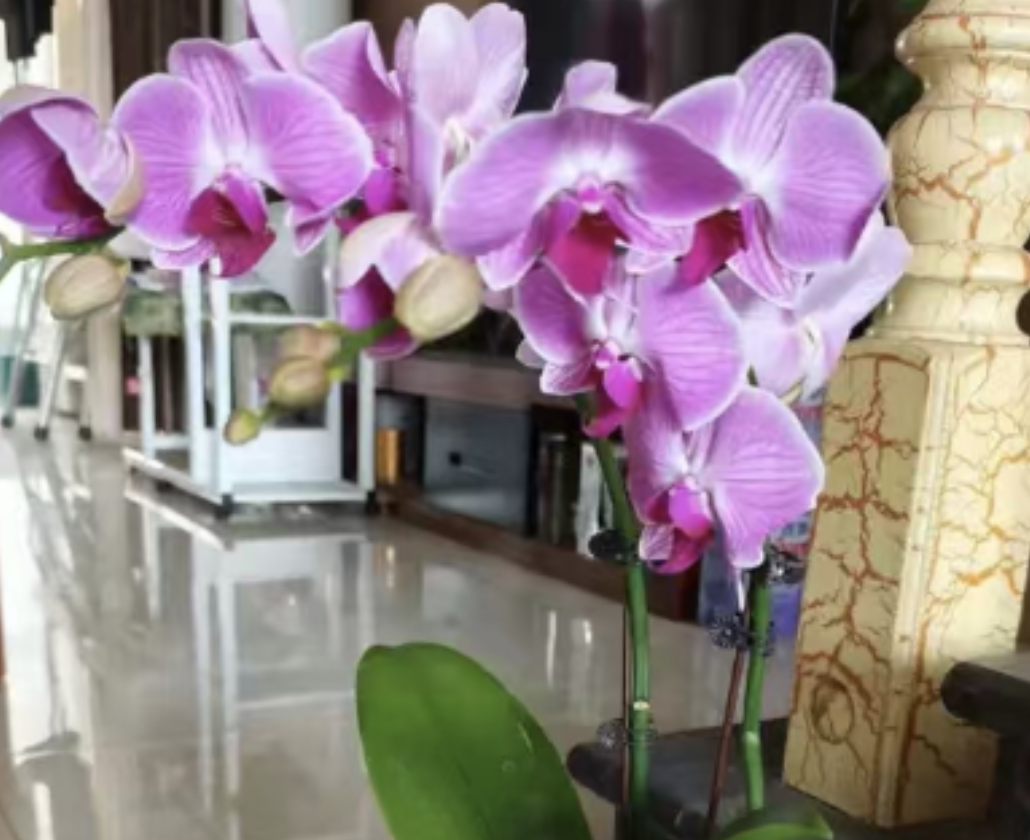When flower enthusiasts grow cherry tomatoes on the balcony, they feel a great sense of accomplishment when they see the green branches and leaves. However, when it comes to the flowering period, they are puzzled: Why do other people's tomatoes hang all over the branches, while their own only bloom but don't bear fruit? In fact, the key may lie in the pollination process! Today, I will have a good chat with you about the artificial pollination of cherry tomatoes on the balcony, and I'm sure that even beginners can easily master it~
Many people may not know that although tomatoes are self-pollinating plants, theoretically, a single flower can "be self-sufficient" and pollinate itself. But the balcony environment nowadays is too "special"! On the one hand, most balconies nowadays are enclosed spaces with little wind. The pollen that is spread by the wind in the natural environment is rarely seen on the balcony. On the other hand, there are few insects like bees and butterflies in the balcony to help, so the pollen can't reach the stigma by itself. As a result, the reality is that if the pollination is not sufficient, the fruit setting rate will be low, and the fruits will be few and small. So, pay attention! When growing tomatoes on the balcony, artificial pollination is a crucial step to increase the yield! Especially for cherry tomatoes with more "finicky" varietal characteristics, they require our manual assistance.
Don't worry, the method is very simple. Here are three super practical artificial pollination methods that beginners can learn in 5 minutes! First of all, we need to seize the best opportunity. From 9 to 10 in the morning every day is the golden time! At this time, the flowers have just opened, the stigma is the stickiest, the pollen has the most vitality, and the success rate is the highest!
The first method is the vibration method, which is like playing "knock-knock" with the flowers. We can gently shake the tomato branches just like coaxing a child, or gently tap the base of the flower with a cotton swab or a brush handle. Note! Don't shake it vigorously! Be gentle so that the pollen on the stamen falls on the stigma of the pistil like snow~ Here's a little trick: tap each flower 1 or 2 times, and don't shake the flower off!
The second method is the brush method, where we act as "bees" manually. Prepare a small soft-bristled brush, and a makeup brush can also be used! First, dip the golden pollen in a circular motion on the stamen, and then gently brush it onto the stigma of the pistil in the middle. This method is suitable for flower enthusiasts with patience. Precise operation makes the fruit setting more stable~ However, remember to keep the brush dry and clean, and don't let it get wet or contaminated by fertilizer, which will affect the activity of the pollen!
The third method is a must-learn for beginners, the cotton swab method —— it's so easy that beginners can master it in no time! Use a clean medical cotton swab, and remember to choose one that doesn't shed fluff! Roll the cotton swab on the stamen to pick up the pollen, and then directly smear it onto the stigma of the pistil. It's simple, straightforward, and super effective, especially suitable for those who are operating for the first time. Just apply it wherever you're not sure~ A reminder: use a new cotton swab for each flower to avoid cross-contamination between different flowers.
After successful pollination, the subsequent maintenance is also crucial, and the fruits will grow vigorously only if it's done well! In terms of light, ensure more than 6 hours of direct sunlight every day. Remember to clean the balcony glass to prevent the ultraviolet rays from being blocked, otherwise the cherry tomatoes won't be able to carry out photosynthesis properly~ When it comes to watering, keep the pot soil slightly moist. Don't water too much during the flowering period, or the flowers will easily fall off. We need to grasp the right amount~ As for fertilization, apply diluted phosphorus and potassium fertilizers once a week after pollination. For example, Flower Power No. 2 is very good. Supplement with calcium fertilizer during the fruiting period to prevent blossom end rot, and then the cherry tomatoes will grow vigorously!
Surely some friends will ask, how can we determine whether the pollination is successful? It's very simple. 3 to 5 days after pollination, if the flowers wither slowly and the ovary begins to expand and turn green, it means the pollination is successful! If the flowers fall off directly, it means the pollination has failed, and at this time, it may be necessary to pollinate again~ Some people may also wonder if all tomato flowers need to be pollinated. Yes! It's best to operate on each open flower, especially the first batch of flowers, which determines the early yield. Don't be lazy and miss any!
In fact, the fun of growing vegetables on the balcony lies in participating in every step of the plant's growth. From helping cherry tomatoes with pollination to watching the green fruits gradually turn red, the joy of harvest is 100 times sweeter than the bought fruits!
Do potted cherry tomatoes need artificial pollination?

Share with
Tagged in :




Leave a Reply